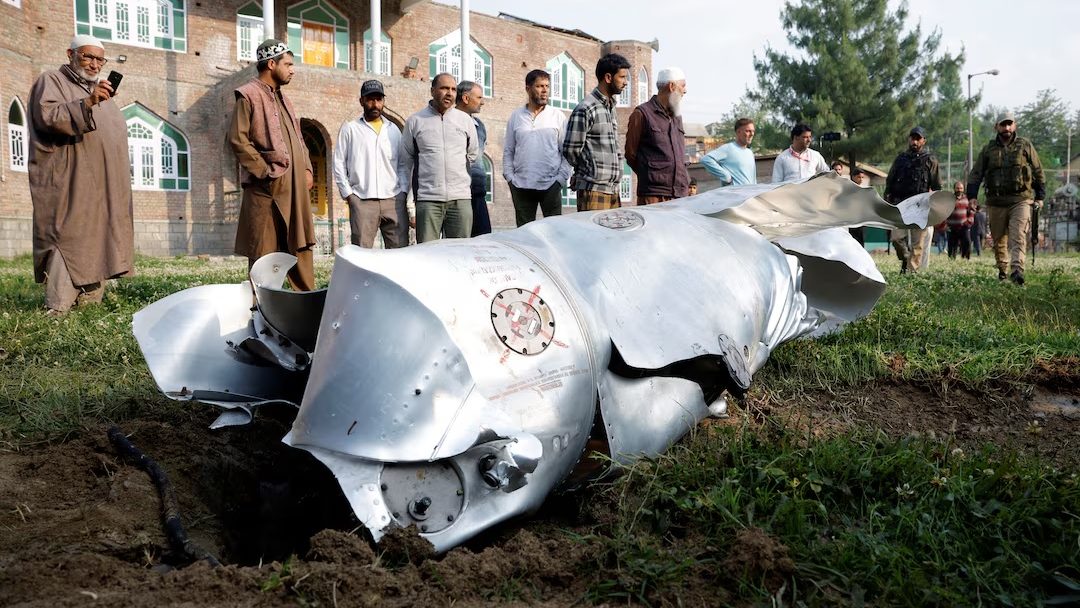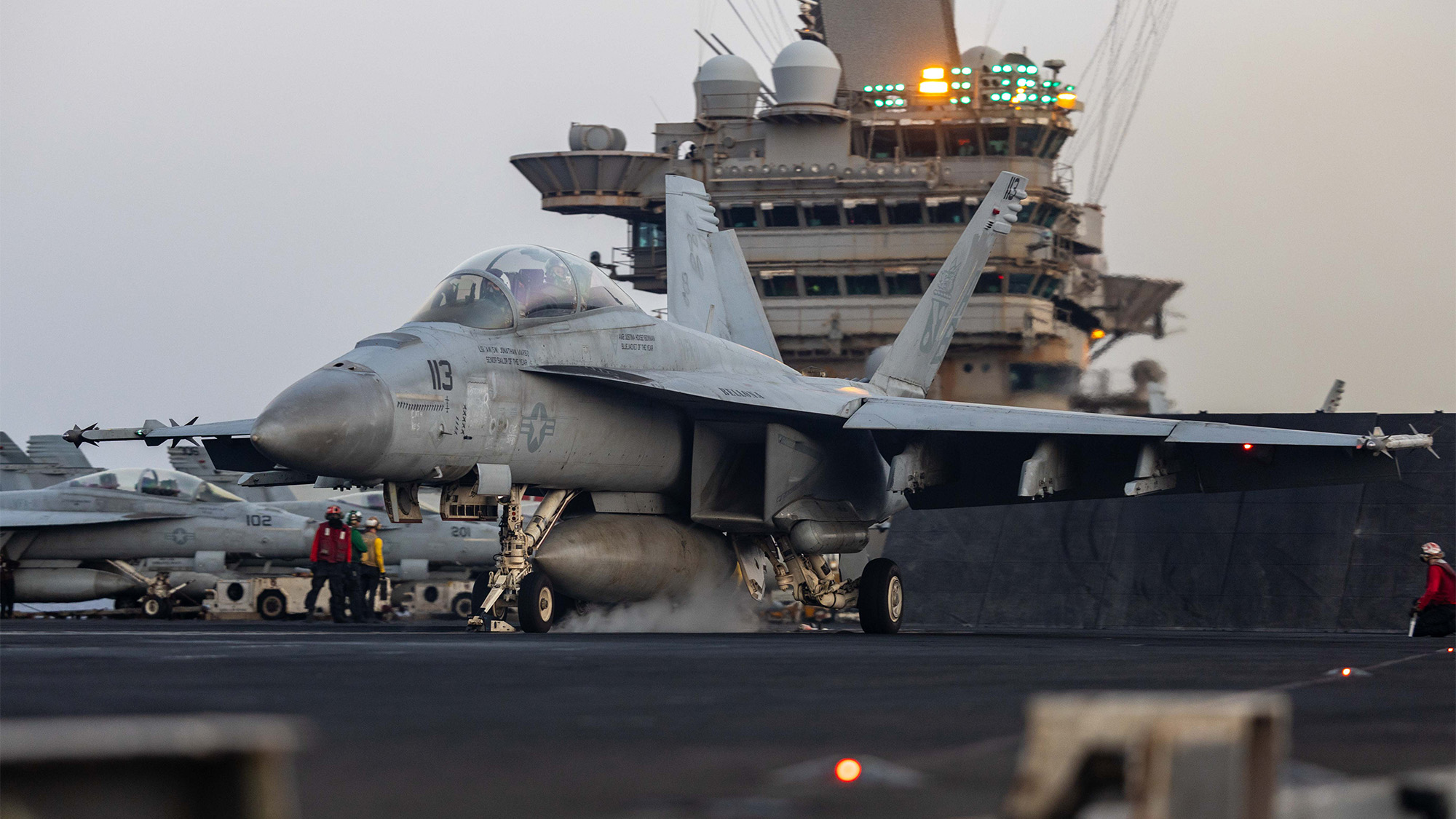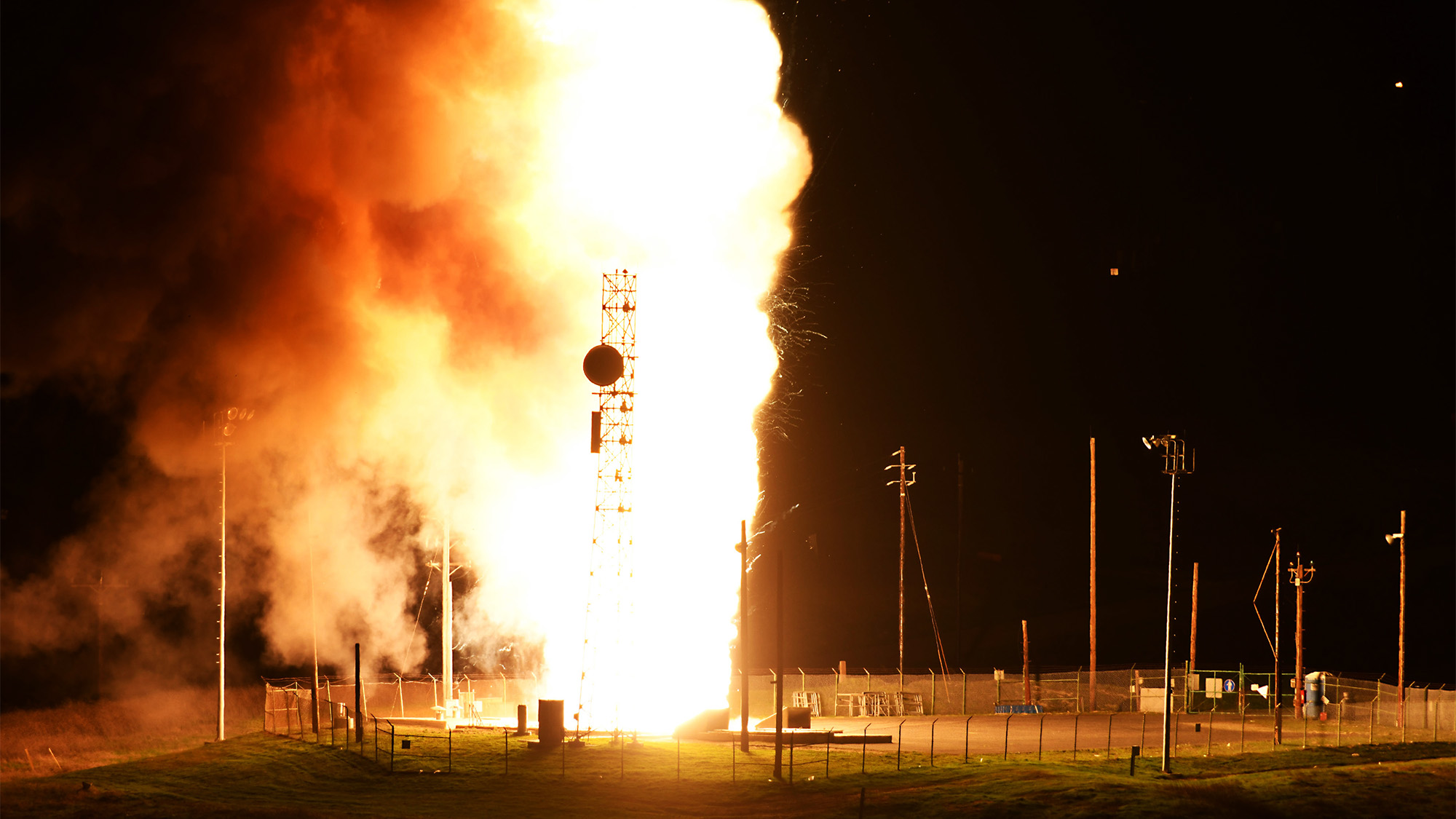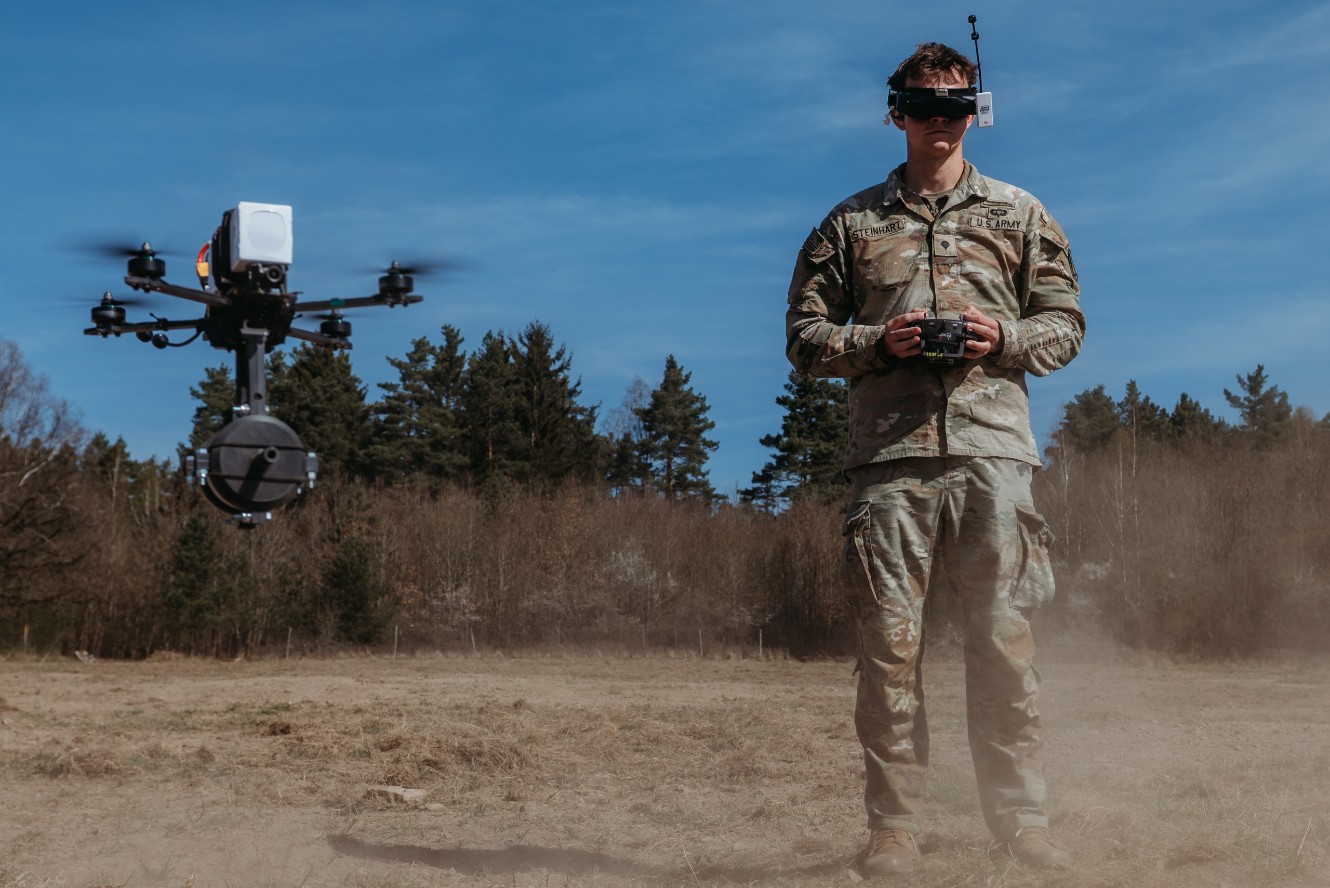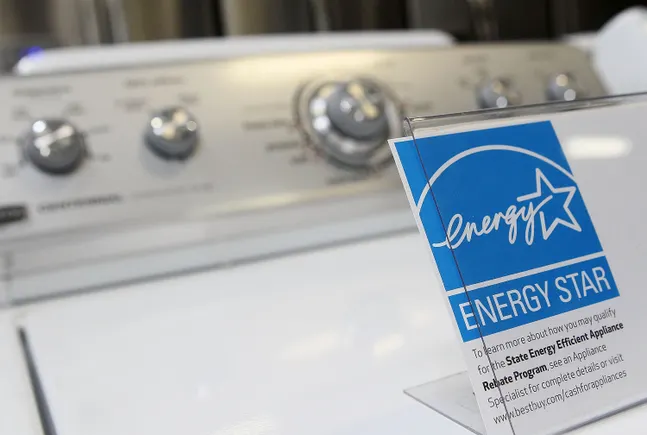Northrop logs new $477M loss on B-21 bomber due to higher manufacturing costs
Losses for the B-21 Raider program now stand at more than $2 billion.


The B-21 Raider program continues flight testing at Northrop Grumman’s manufacturing facility on Edwards Air Force Base, California. (Courtesy photo from Northrop Grumman)
WASHINGTON — Northrop Grumman today revealed a new $477 million loss on the B-21 Raider program as the company grapples with higher manufacturing costs to build the US Air Force’s new stealth bomber.
Northrop largely attributed the loss — which amounts to $397 million after tax — to a change in the manufacturing process that will enable a higher B-21 production rate, as well as increases to the cost and quantity of materials needed to build the first five low-rate initial production (LRIP) aircraft, the company said in a news release announcing its first quarter 2025 earnings.
The process change “positions us to ramp to the quantities needed in full rate production. And even … we can ramp beyond the quantities in the program of record, which is something that we and the government decided was important for the optionality to support the scenarios that they have been looking at, to increase the current build rate,” Northrop CEO Kathy Warden said today during an earnings call. She added that the change is “not something we will need to do again.”
The other driver of the charge was the result of Northrop underestimating what it would take to build the aircraft, as well as larger macroeconomic forces that have raised the price of material, she said.
This latest B-21 charge brings total losses on the program up to more than $2 billion, following an earlier pre-tax charge of $1.56 billion previously announced in January 2024, which was the result of inflation and workforce disruptions. The US Air Force has declined to release detailed contract information for the B-21 program, but Northrop is obligated to cover costs over a certain threshold on LRIP aircraft under the terms of the fixed-price contract it signed in 2015. The Pentagon previously provided about $60 million in inflation relief to Northrop for the program.
Warden declined to quantify how much of the charge was directly related to the manufacturing process change, citing classification reasons, but said it was a higher amount than the loss related to increased material costs.
More broadly, the B-21 program is moving through its engineering, development and manufacturing (EMD) phase, with Northrop engaged in flight tests meant to validate that the aircraft is meeting its program objectives, Warden said today. The company is on contract for two LRIP lots, has begun purchasing long-lead materials through B-21 Lot 4, and has even started “some work” on B-21 modernization, she added.
RELATED: B-21 shows off in new video, flying up to twice a week
Northrop said the latest B-21 charge was a major contributor to a $498 million decrease to its first quarter operating income, with lower operating income at its space and mission systems divisions also playing a role. Net earnings for the quarter also decreased $463 million, or 49 percent, primarily due to the B-21 loss.
Partially as a result of the B-21 loss, Northrop lowered its projected earnings per share for the year from a range of $27.85 to $28.25, to a new target of $24.95 to $25.35. The company also lowered its expectations for annual segment operating income to the $4.2 billion to $4.35 billion range — about $400 million lower than its previous target — but upheld its previous guidance for free cash flow and sales.
Robert Stallard, an analyst with Vertical Research Partners, noted that even without the B-21 charge, Northrop’s earnings per share and cash flow for the quarter would have been short of Wall Street’s expectations.
“There was always the risk of additional charges on the fixed price B-21 LRIP contract, and this just happens to be the quarter when it occurred,” he wrote in a note to investors this morning. “So overall a tough quarter for Northrop, and we would expect some pressure on the shares today.”
Outside of the B-21 charge, Warden provided an update on an April 16 explosion at a Northrop facility in Promontory, Utah, where the company builds large solid rocket motors used in space systems. The explosion took place in a building that produces an ingredient for a propellant used in solid rocket motors, but Northrop has other suppliers for that ingredient, she said.
“We do not expect any impact to any of our programs,” Warden said. “We’ve specifically been asked about Sentinel [intercontinental ballistic missiles], because Promontory is a production site for those solid rocket motors, and there is not expected to be any impact to the Sentinel.” Solid rocket motors used in missiles and tactical systems are made elsewhere, she added.
Warden was also asked about the Navy’s future fighter program, known as F/A-XX. Reuters reported shortly after the award of the Air Force’s F-47 fighter last month that the Navy expected to make a downselect on F/A-XX imminently, but several weeks have passed without a contract decision. Warden said she had no concrete update to provide, but added that “the Navy remains committed to the program and we do expect to hear something soon.”
She declined to comment on whether Northrop had been selected as a subcontractor for the F-47, which is being built by Boeing.
“Given the classification of the program, we can’t disclose any information specific to the program,” she said. “But you know that we are a merchant supplier of mission systems, and we remain fully committed to supplying those advanced capabilities for government customers and primes, and that our sensors are easily scaled and reconfigurable for a wide application across a variety of platforms and domains.”




























































































